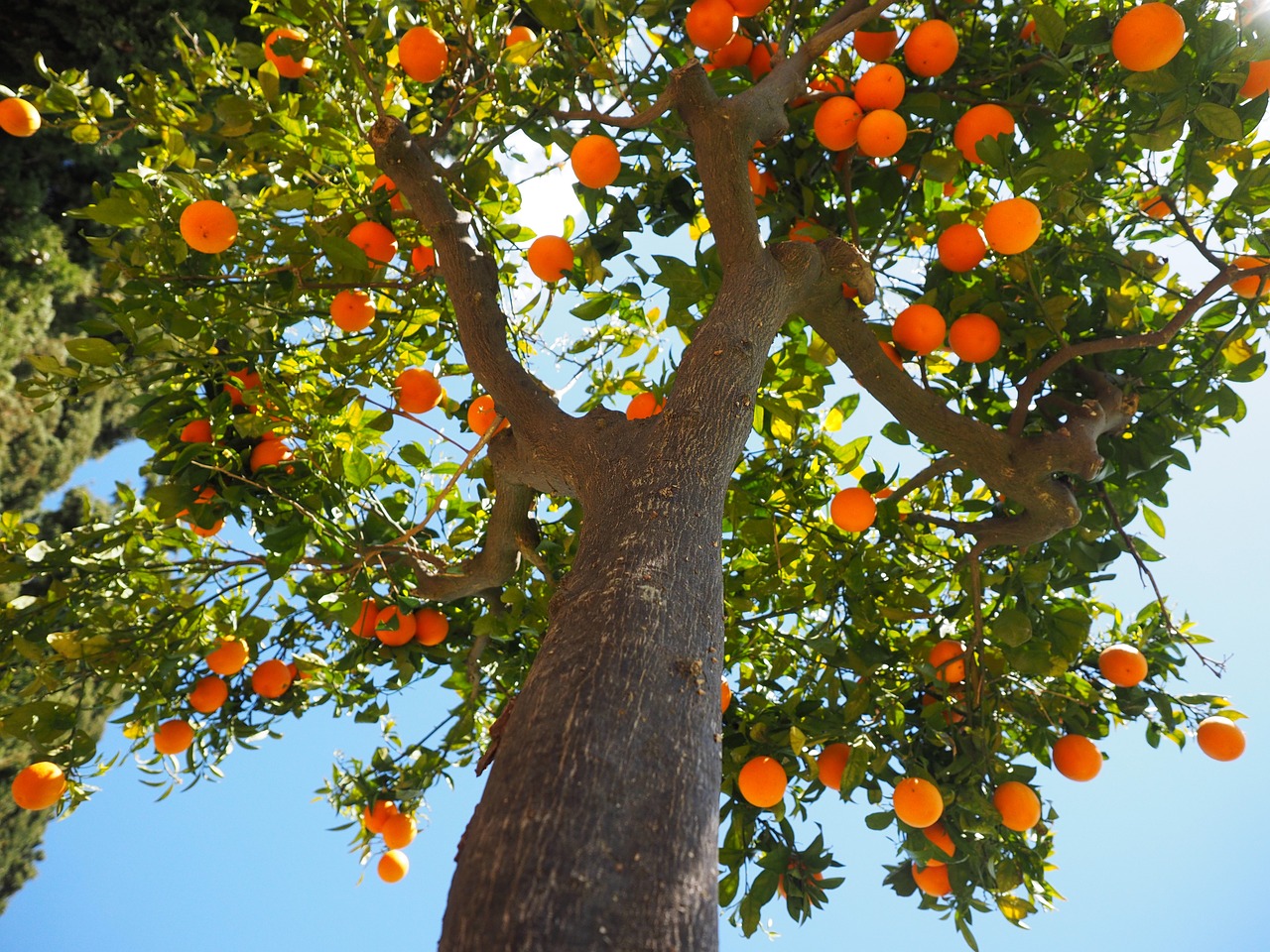See the trends revealed in a nutritional survey completed by Florida citrus growers.
A recent Citrus Industry article outlines the most recent takeaways from a nutritional survey completed by Florida citrus growers. Conducted by researchers by UF/IFAS, the survey looks at connections between mineral nutrition and citrus greening, also known as HLB. According to the article, “some growers have achieved economic yields under HLB with a diversity of mineral nutrition programs.” The survey looked to determine, in an initial capacity, what growers with a certain level of economic yield are doing in terms of nutrition and tree health. While the survey is still on-going, here are some summarized takeaways thus far.
Lessons Learned From Citrus Growers Responding to the Survey
Grove Management: “From the survey, it was clear that there was no fixed recipe for good grove management that fits all. The programs were site specific and often required close monitoring of grove conditions, soil and foliage samples and analysis, and then timely responses to satisfy the needs of the trees…Scheduling small and frequent irrigation was preferred as it helps in avoiding drought or flooding conditions, thereby reducing stress on the root system.”
Focus On Nutrition A Common Factor: “Intensive nutrition management was one of the most striking common factors among different grove management programs the surveyed growers use. Nutrition management programs ranged from use of controlled release fertilizer, conventional granular fertilizer, fertigation, foliar nutritional sprays or a combination of two or more methods. The key factor for all was frequent split applications.”
Paying Attention to pH and Amendments: “A majority of the growers are paying attention to soil pH and irrigation water pH to ensure optimal nutrient availability, given the current knowledge of effects of soil solution pH on citrus root growth. Generally, soil pH is maintained between 6 and 6.5.”
Forms of Fertilizer: “One study in Florida found that about 50 percent of ammonium applied was converted to nitrate in the 24 hours after application. Based on this, ammonium vs. nitrate forms of nitrogen may not be as helpful in Florida as in other citrus-producing regions of the world.”
Balance Soil pH: “Other researchers have found about a 20 percent recovery of root mass when high pH is brought into the optimal 6 to 6.5 range.”
See the article for the complete results.
Griffin Fertilizer is committed to helping both growers and ranchers make sound agronomic and economic decisions in order to maximize the health of their grove and pasture. As a full-service custom dry & liquid fertilizer blender and crop protection product distributor, we will continue our mission to further advance Florida agriculture. For questions or concerns about your farm or pasture, contact us and one of our team will be in touch.

